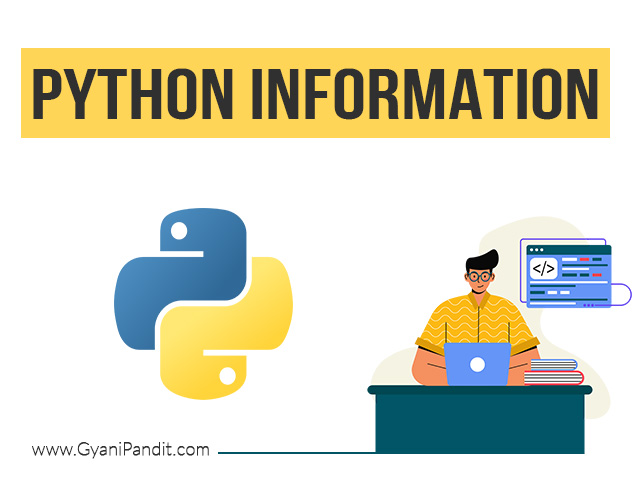
Diving into the world of Python programming can feel like stepping into a new landscape. It’s exciting, a little daunting, and full of possibilities. I remember when I first started, I was overwhelmed by all the information out there. But with a bit of guidance and a lot of practice, it quickly became one of my favorite tools.
Introduction Of Python Programming: 7 Basics Of Python

One of the first things you’ll encounter is the simplicity of Python’s syntax. Unlike some other languages that rely heavily on punctuation and symbols, Python prioritizes readability. This means that code is often written in a way that closely resembles plain English, making it easier to understand and maintain. Think of it as writing instructions for a computer, but in a language that you can almost naturally speak.
Variables are the backbone of any programming language, and Python is no exception. They’re like containers that hold different types of data, such as numbers, text, or even more complex structures. Understanding how to define and manipulate variables is crucial for building any kind of program. The beauty of Python is its dynamic typing, meaning you don’t need to explicitly declare the type of a variable. Python figures it out for you!
Next up are data types. In Python, you’ll encounter things like integers (whole numbers), floats (decimal numbers), strings (text), and booleans (True or False values). Each data type has its own set of operations and characteristics, so it’s important to know how to work with them effectively. For example, you can perform arithmetic operations on integers and floats, but you can’t directly add a number to a string.
Introduction to Python Programming
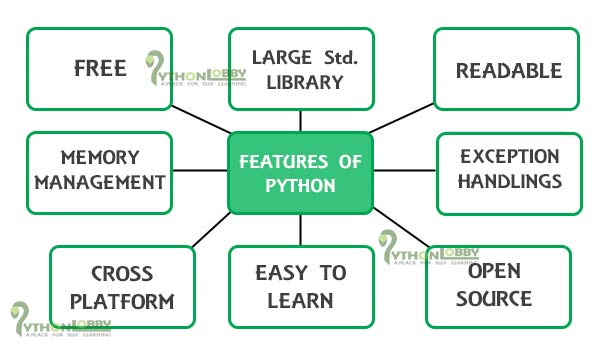
Control flow is another fundamental concept. This refers to the order in which your code is executed. Python provides constructs like `if` statements, `for` loops, and `while` loops to control the flow of your program. `If` statements allow you to execute different blocks of code based on certain conditions. `For` loops allow you to iterate over a sequence of items, such as a list or a range of numbers. `While` loops, on the other hand, execute a block of code repeatedly as long as a certain condition is true.
Functions are reusable blocks of code that perform a specific task. They help to break down complex programs into smaller, more manageable pieces. By defining functions, you can avoid repeating the same code multiple times, making your program more efficient and easier to read. Python has a rich set of built-in functions, and you can also define your own custom functions.
Lists are one of the most versatile data structures in Python. They are ordered collections of items, and you can store any type of data in a list. Lists are mutable, meaning you can change their contents after they’ve been created. You can add, remove, or modify elements in a list using various methods. Lists are often used to store collections of related data, such as a list of names, a list of numbers, or a list of objects.
Modules are collections of functions, classes, and variables that are grouped together to provide specific functionality. Python has a vast ecosystem of modules that cover a wide range of tasks, from scientific computing to web development. By importing modules, you can extend the capabilities of your Python programs and avoid reinventing the wheel. For example, the `math` module provides mathematical functions, the `random` module provides random number generation, and the `os` module provides operating system-related functions.
Learning Python is a journey, and there’s always something new to discover. Embrace the challenges, experiment with different concepts, and don’t be afraid to ask for help. The Python community is incredibly supportive, and there are tons of resources available online. With dedication and practice, you’ll be amazed at what you can accomplish with Python.
If you are searching about Python Programming Introduction – a2ztechie – Be a Programmer you’ve came to the right place. We have 10 Pictures about Python Programming Introduction – a2ztechie – Be a Programmer like What is Python Programming Language? – learnpythontutorials.com, Introduction to Python Programming and also Python Programming Introduction – a2ztechie – Be a Programmer. Here it is:
Python Programming Introduction – A2ztechie – Be A Programmer

a2ztechie.com
What Is Python Programming? – Avid Python

avidpython.com
Introduction To Python – Python Programming
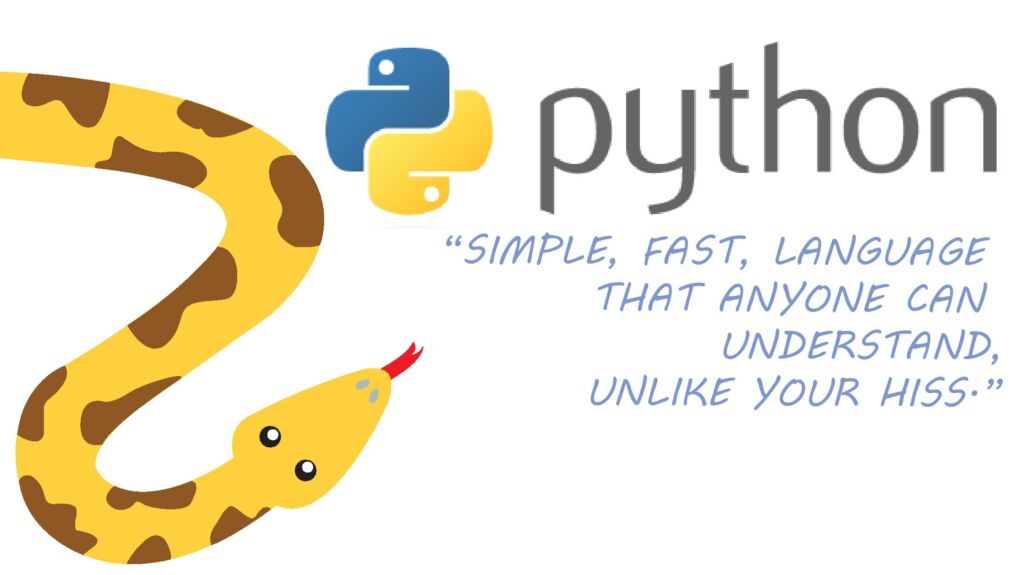
pyprogramming.org
What Is Python Programming Language? – Learnpythontutorials.com
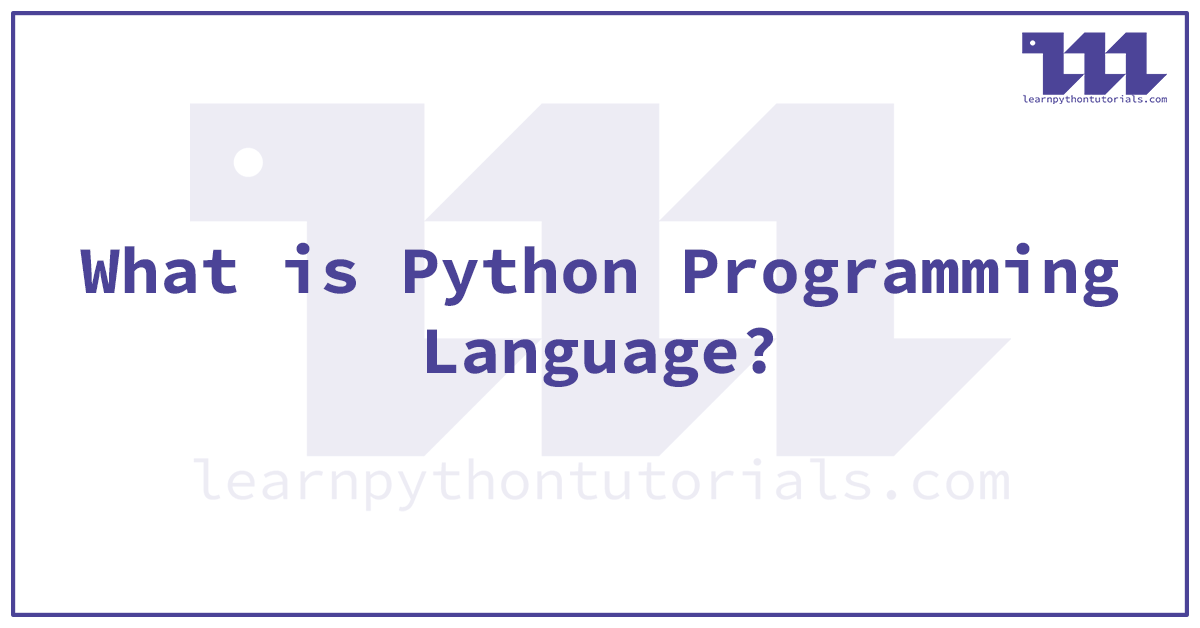
learnpythontutorials.com
What Is Python Programming? A Beginner's Guide

gyanipandit.com
Introduction Of Python Programming: 7 Basics Of Python

www.dailyonlineacademy.com
What Is Python Programming? – Techknowledgehub

techknowledgehub.org
Concept Of Python Programming (Beginners Guide) | EduCBA
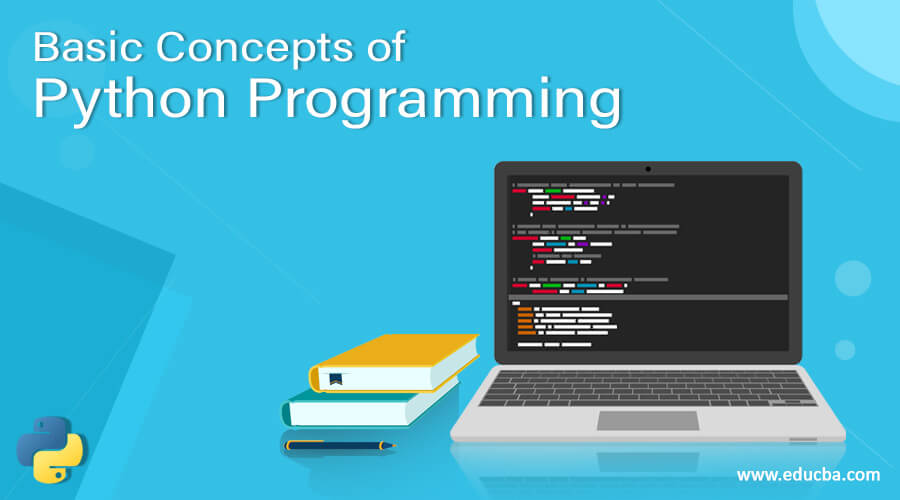
www.educba.com
What Is Python Programming? – Techknowledgehub

techknowledgehub.org
Introduction To Python Programming

pythonlobby.com
python programming introduction features
What is python programming? a beginner's guide. Python programming introduction. What is python programming?
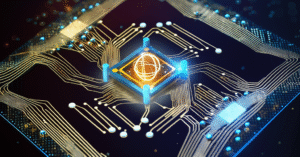
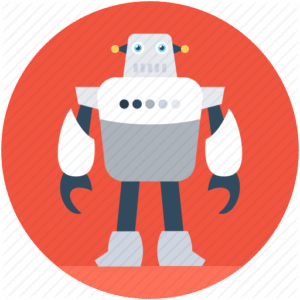
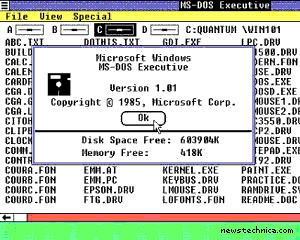
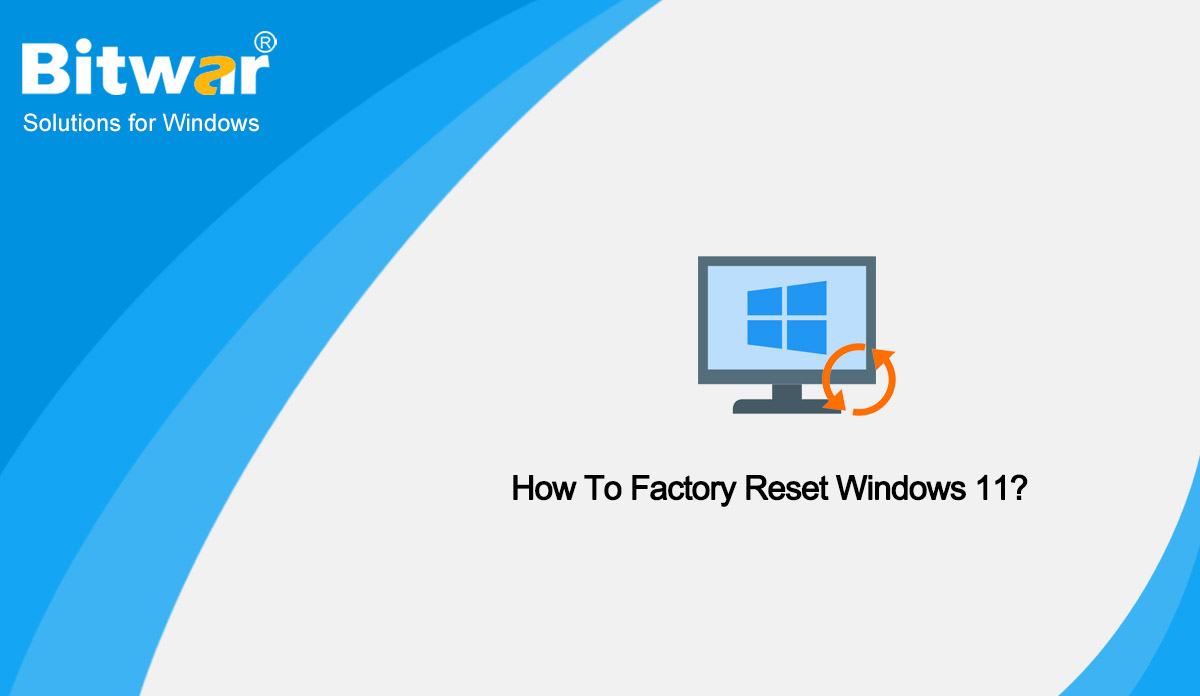
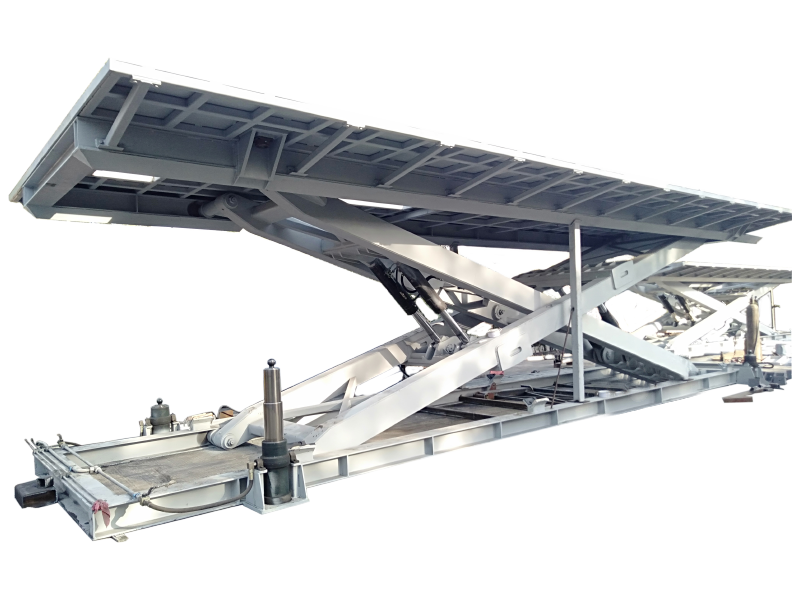
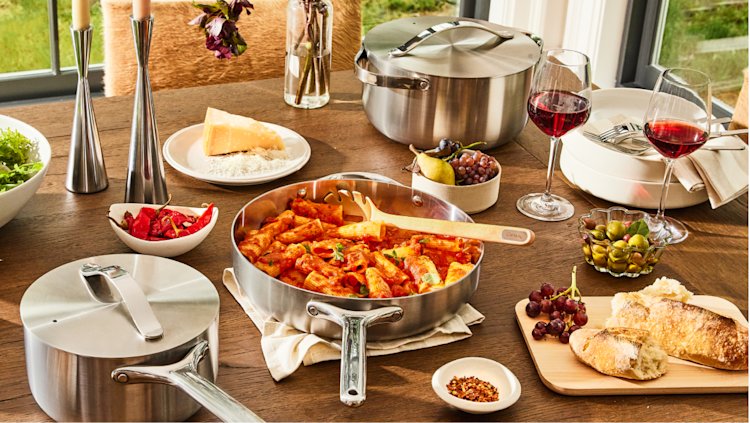

:max_bytes(150000):strip_icc()/008_how-to-factory-reset-a-lenovo-laptop-5115817-a67348722ce94f9783881ea29e596310.jpg)